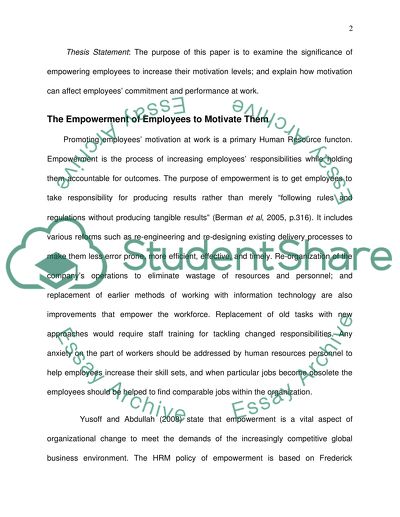Cite this document
(“Employee Motivation for an Organizational Behavior/Human Resources Research Paper”, n.d.)
Retrieved de https://studentshare.org/family-consumer-science/1413976-employee-motivation-for-an-organizational-behavior
Retrieved de https://studentshare.org/family-consumer-science/1413976-employee-motivation-for-an-organizational-behavior
(Employee Motivation for an Organizational Behavior/Human Resources Research Paper)
https://studentshare.org/family-consumer-science/1413976-employee-motivation-for-an-organizational-behavior.
https://studentshare.org/family-consumer-science/1413976-employee-motivation-for-an-organizational-behavior.
“Employee Motivation for an Organizational Behavior/Human Resources Research Paper”, n.d. https://studentshare.org/family-consumer-science/1413976-employee-motivation-for-an-organizational-behavior.


